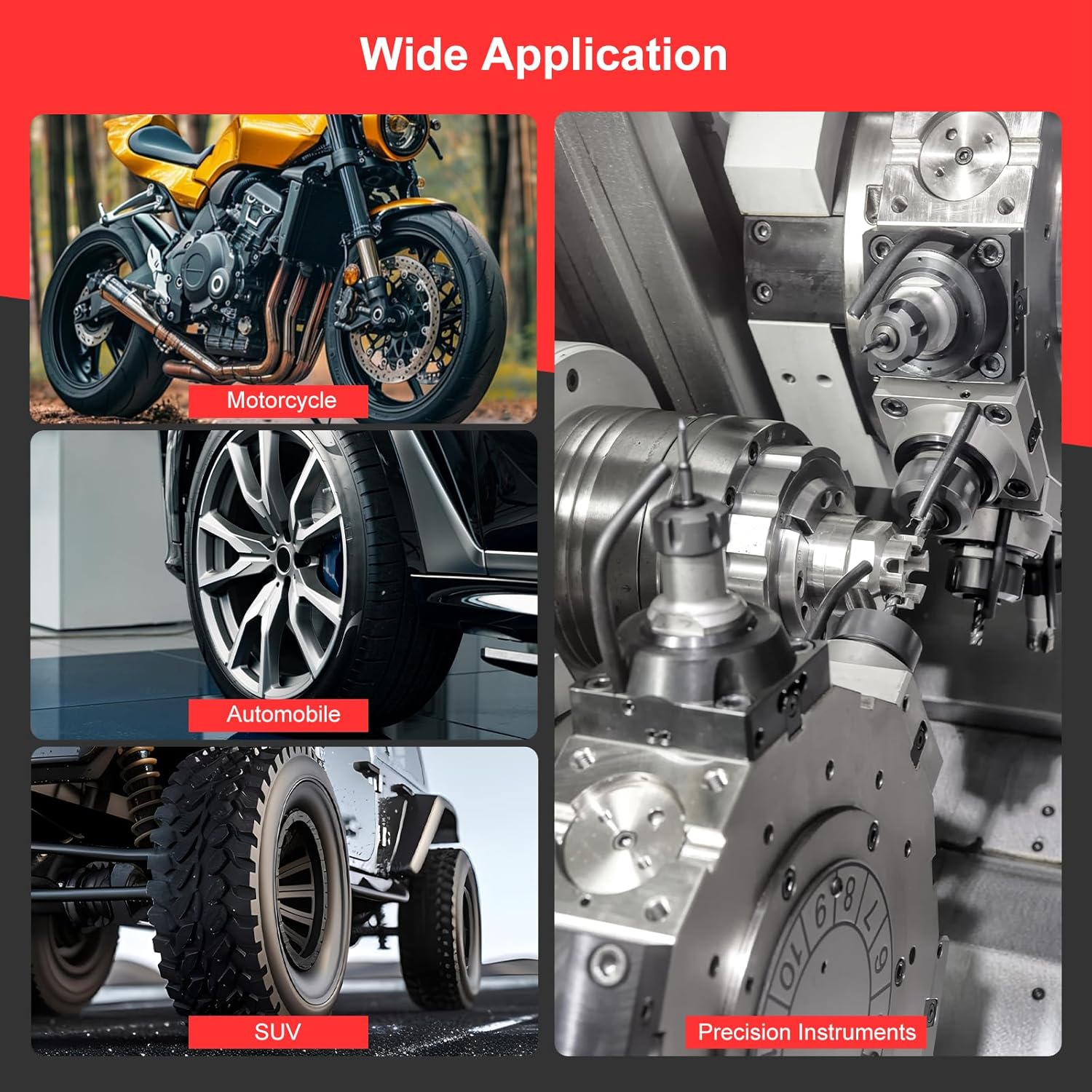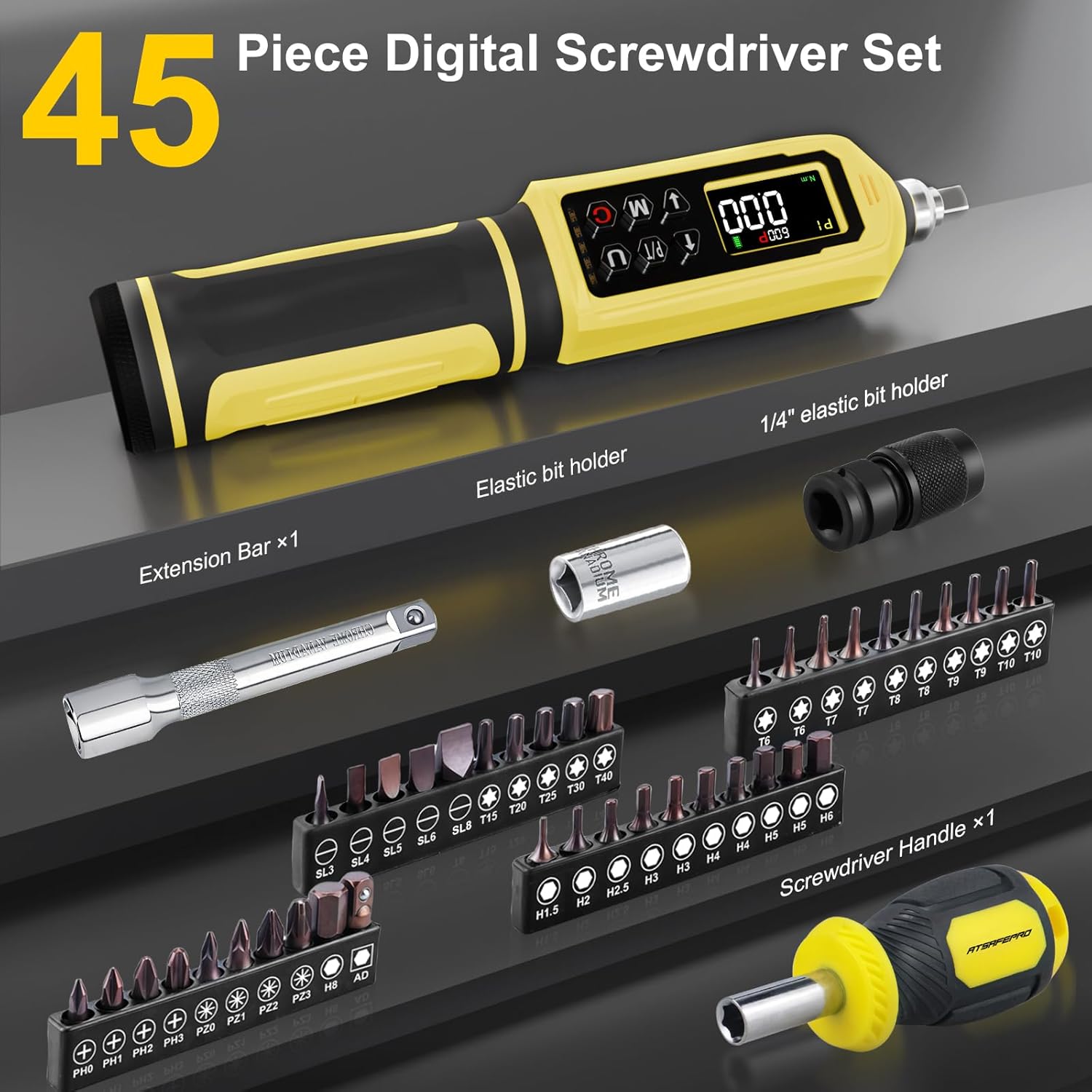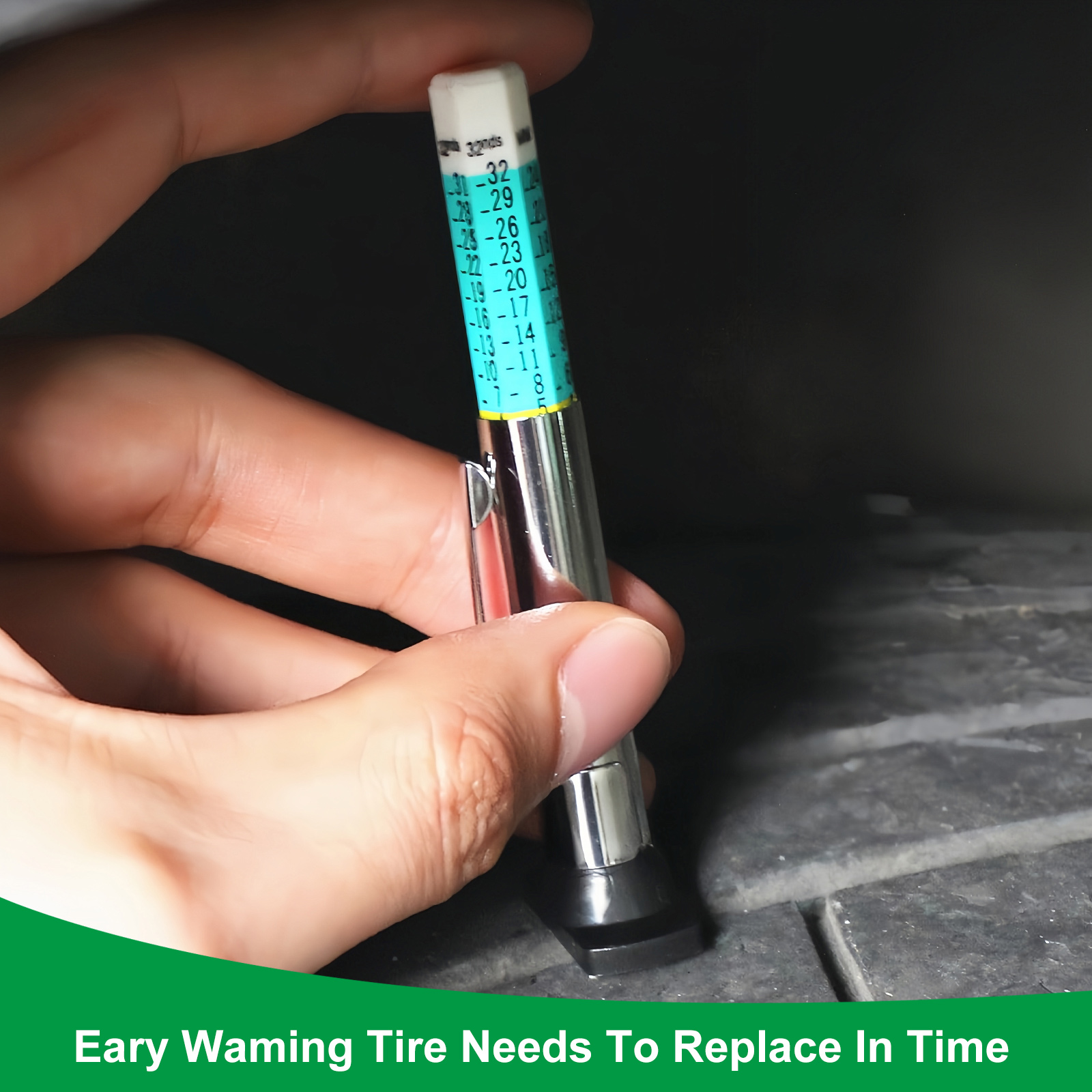In the world of modern manufacturing, assembly, and maintenance, precision is not just a goal; it is a fundamental requirement. The integrity of a final product, the safety of a massive structure, and the reliability of critical machinery all depend on how well individual components are joined together. This is where controlled tightening becomes paramount. For decades, professionals have relied on various tools to apply a specific amount of rotational force, or torque, to fasteners. Today, the pinnacle of this technology is the electric torque wrench, a tool that combines power, intelligence, and unparalleled accuracy to meet the stringent demands of modern industry.
From Manual to Electric: The Evolution of Industry Torque Tools
Before the advent of advanced power tools, the landscape of industry torque tools was dominated by manual wrenches. Click-type, beam, and dial wrenches were the standards for applying torque. While revolutionary in their time, these manual tools came with inherent limitations. Their accuracy was heavily dependent on the operator's technique, speed, and physical condition. Operator fatigue could lead to inconsistent results over a long shift, and the process was often slow and laborious, especially in applications requiring numerous high-torque fasteners. The need for greater efficiency, repeatability, and a reduction in physical strain paved the way for powered solutions. Pneumatic wrenches offered a significant leap in speed and power, but they were often loud, required cumbersome air hoses, and their torque output could be inconsistent. This evolution ultimately led to the development of electric tools, which offered a new level of control and precision.
The Advantages of Using an Electric Torque Wrench
The shift towards using an electric torque wrench is driven by a clear set of compelling advantages. First and foremost is accuracy. These tools are engineered with advanced motors and electronic controls that allow the user to preset a precise torque value. The tool automatically shuts off once that value is reached, eliminating the guesswork and variability associated with manual methods. This ensures a level of repeatability that is essential for quality control and safety standards. Furthermore, efficiency is dramatically improved. What might take several minutes of strenuous effort with a manual wrench can be accomplished in seconds with an electric tool, significantly boosting productivity on assembly lines and large-scale construction projects. Safety and ergonomics are also major benefits. Electric tools reduce the physical strain on operators, minimizing the risk of repetitive motion injuries. Many are designed with reaction arms that absorb the rotational force, protecting the user from injury when applying high torque values. Finally, many modern models offer data recording capabilities, logging the torque value, angle, date, and time for every single fastening event, providing invaluable traceability for critical applications.
Exploring a World of Torque Wrench Applications
The versatility and precision of these tools have led to a vast range of torque wrench applications across nearly every major industry. In the automotive sector, they are crucial for engine and transmission assembly, ensuring every bolt is tightened to exact engineering specifications. In aerospace, where there is zero margin for error, electric wrenches are used for critical fastening on airframes, landing gear, and engines. The renewable energy industry relies heavily on them for the construction and maintenance of wind turbines, where hundreds of large bolts securing the tower sections, nacelle, and blades must be accurately torqued. In heavy construction and steel erection, these powerful tools make quick work of securing structural steel connections, ensuring the stability and safety of bridges and buildings. The oil and gas industry uses them for flange management on pipelines and pressure vessels, guaranteeing leak-free seals in high-pressure environments. These examples represent just a fraction of the applications, highlighting how these tools have become indispensable for any process requiring reliable and documented bolting.
Selecting from Leading Electric Torque Tool Manufacturers
With the growing demand for precision and efficiency, the market has seen a rise in high-quality electric torque tool manufacturers. Choosing the right partner is just as important as choosing the right tool. When evaluating manufacturers, it's essential to look beyond the initial price and consider factors like reputation, product range, and after-sales support. Established brands with a long history in the industry are often a safe bet, as their reputation is built on years of reliability and performance. A comprehensive product range is also critical; leading manufacturers offer a wide variety of tools, including corded and cordless models, pistol grip and right-angle configurations, and a broad spectrum of torque outputs to cover diverse needs. Perhaps most importantly, consider the support infrastructure. The best electric torque tool manufacturers provide robust calibration and repair services to ensure your tools remain accurate and operational throughout their lifespan. They also offer expert technical support to help you select the right tool and accessories for your specific torque wrench applications.
The Future is Precise: Embracing Electric Torque Technology
In summary, the electric torque wrench represents a significant leap forward in fastening technology. It addresses the core industrial needs for accuracy, efficiency, safety, and traceability in a way that older technologies simply cannot match. By delivering consistent and verifiable torque, these tools empower companies to improve product quality, enhance operational safety, and boost overall productivity. As industries continue to push the boundaries of engineering and demand ever-higher standards of quality control, the role of advanced industry torque tools will only become more critical. Investing in a high-quality electric torque wrench is more than just a tool purchase; it is an investment in precision, reliability, and the future success of your operations.






